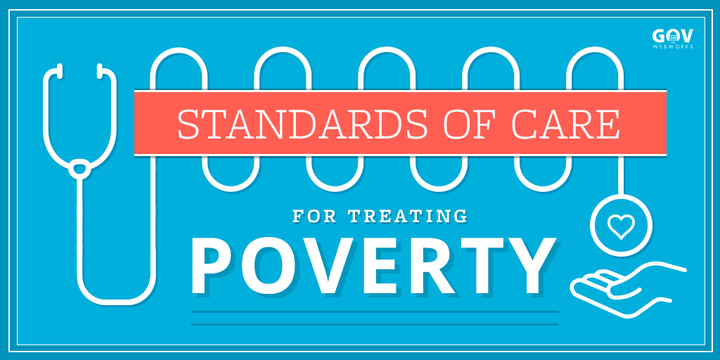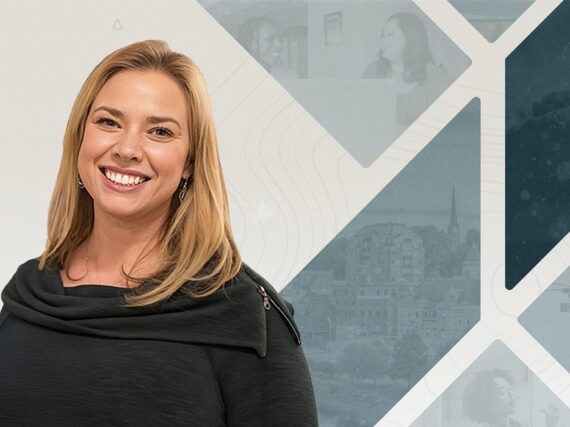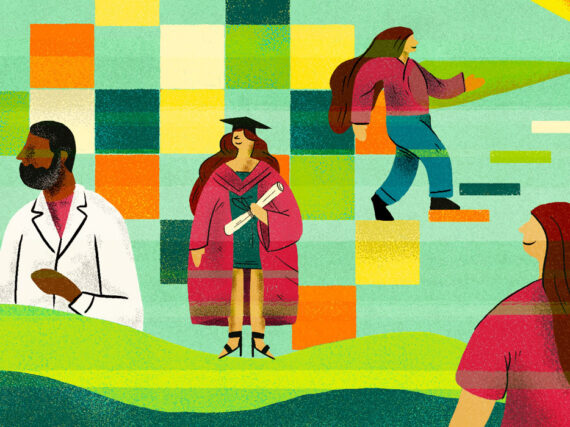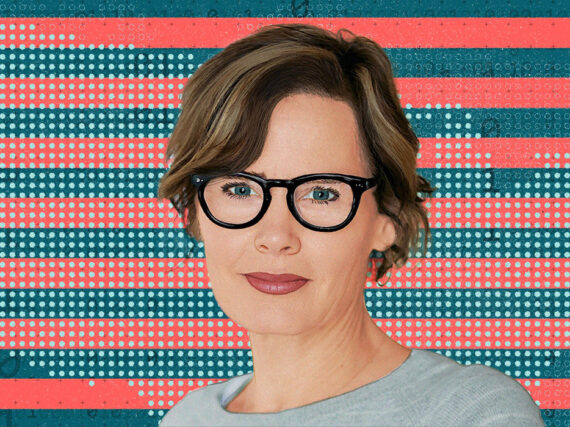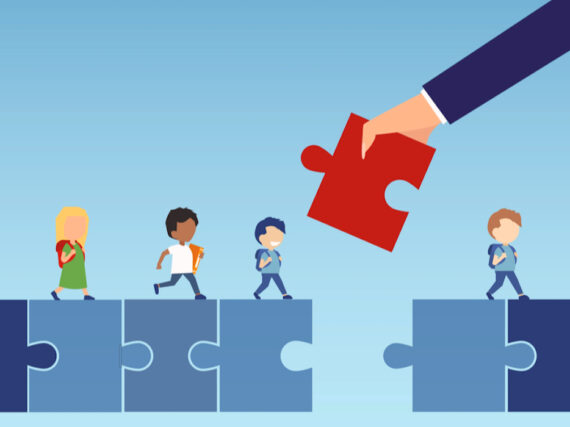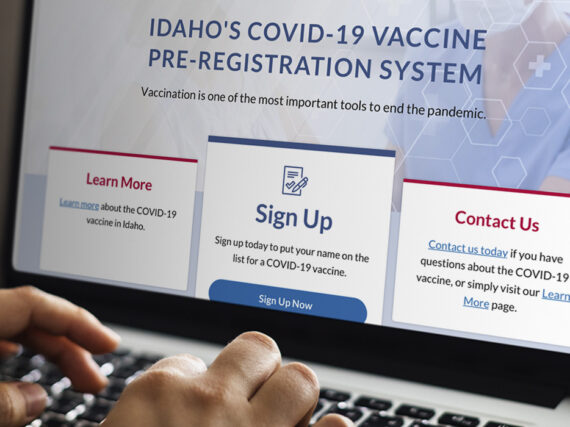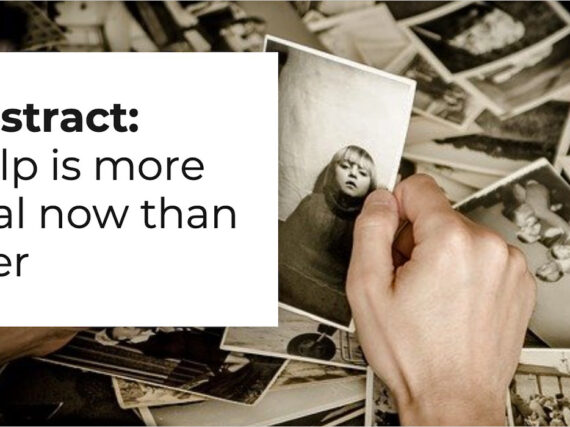In our ongoing focus on social determinants of health, we heard a talk at the recent ISM Conference that caught our interest. When presenter Marcella Wilson, Phd, implemented a ten-year plan to retire at age 53, she said she never expected to find her life calling and write a book instead.
As CEO of a social services nonprofit, Matrix Human Services, Wilson came face-to-face with extreme poverty in her home town of Detroit. She saw what it’s like for the 16 percent of the American population, or nearly 50 million people, who live below the poverty line.
In a life-changing moment, Wilson realized a new system was needed to enable true recovery from poverty. The result of her research and investigation is the book, Diagnosis Poverty: A new approach to understanding and treating an epidemic.
Not only do we find Wilson’s approach compelling, but we see many parallels to the work being done by our clients at Live Better Idaho. They, like Wilson, are building a new paradigm, one that has the potential to significantly improve efficacy for America’s 16 percent.
Poverty is a condition, not a character flaw
Wilson’s life-changing moment occurred via a Matrix client. This single mom was recovering from substance abuse and wanted to turn her life around and provide for her two children. “In poverty people want to get better;” she told Wilson. “They just don’t know how.”
Instead of a hand out, Wilson realized her client needed a hand up. The trillion dollar industry of “treating” poverty was not working because the poor were being treated like helpless individuals, and poverty was considered a character flaw.
“This culture of poverty…has created a class of people falsely perceived as lacking strengths and abilities simply because they are poor,” Wilson noted. “There’s a not-so-subtle, ongoing message here, from birth to death, that people in poverty are the problem and require fixing.”
Wilson began to see poverty instead as a condition, like an illness, rather than a character flaw that is intrinsic to a person. More often than not, it is the result of poor social determinants of health (food, housing, education) in the ZIP code a person inhabits.
“Understanding poverty as an environmentally based treatable condition stops the blame/shame game,” Wilson writes, “because poverty is not about who you are, it’s about where you live and your social environmental exposures.”
This new perception changed everything for Wilson. Maybe poverty could be treated in the same way as a medical condition. Symptoms lead to a diagnosis, standards of care are applied, and claims are submitted for reimbursement.
Building a new paradigm of treatment
The other hurdle in treating poverty, according to Wilson, was lack of consistency in practice, data collection, and evaluation. In the current paradigm, those in need are expected to navigate the siloed systems that provide assistance, from healthcare to human services, government agencies, and education services. They are lucky if they can figure out how to get to the help they need, and if they do, there is little to no follow-up data on success rates.
What was needed, Wilson writes, was a defined process to help clients to access the services available. Similar to the process used in healthcare to treat a condition, these standardized protocols could be consistently applied in the treatment of poverty.
“Common sense tells us that coordinating care improves health, and good physical and mental health is essential to improved economic self-sufficiency,” Wilson explains. “In order to improve the lives of vulnerable populations, we need to identify, coordinate, and access diverse resources across lines of neighborhood, community, social resources, and healthcare, all connected in a multi-directional manner.”
Wilson went on to locate a network of preexisting funded services in healthcare, human services, and government. Matrix then began to provide clients in need with a systematic way to use these services available to them.
Matrix also defined a process that their social workers could help clients to follow:
- Complete a self screening
- Create a plan of action based on individual goals
- Use 2-1-1 (the human services hotline) and other networks to locate services and organize resources by priority/eligibility
- Learn self-advocation to get access to services, as well as build assertiveness and follow-through
This transformed the client from beggar in need, to a customer shopping from available services. Wilson also modified the question asked of clients from, “What do you need?” to, “What is your dream?” This new approach encouraged the key ingredient for change, Wilson says. It gave clients hope.
Transition to Success model
In the book, Wilson includes a chart with 19 Self-Sufficiency Assessment Domains developed for the Transition to Success program. The chart tracks progress in the areas of housing, employment, food, education, and 15 other domains. Clients can track progress along the five steps from crisis to empowerment:
- In crisis
- Vulnerable
- Safe
- Building capacity
- Empowered
The next step, according to Wilson, is the collection and analysis of multi-site data. This will create a standard-of-care feedback loop. As in healthcare, data can show how each aspect of the standard of care is performing. This will help to determine the best plan of action going forward.
We also see this work as the next step for the CiviServ tool used by the Live Better Idaho program. In the effort to track efficacy, we are looking at ways to better gauge and learn from data on success rates, and improve the feedback loop for clients.
In conclusion
Wilson may have given up her plans for retirement, but the rewards appear to be well worth her sacrifice. She holds to the words of former South African president, Nelson Mandela:
“Like slavery and apartheid, poverty is not natural. It is man-made, and it can be overcome and eradicated by the actions of human beings.”
At GovWebworks, we find her recommendations encouraging. Especially during the holiday season, we are hopeful that those afflicted by the condition of poverty can find empowerment, recovery, and stability. And we pledge to contribute what we can to the effort via the technologies that provide tools for success.
Learn more
- Social Determinants of Health, Illustrated
- How Live Better Idaho is Targeting Social Determinants of Health
- Transition to Success – the site of Marcella Wilson, PhD
- Diagnosis: Poverty – book by Marcella Wilson, PhD
- Contact us with any questions about how we can help
